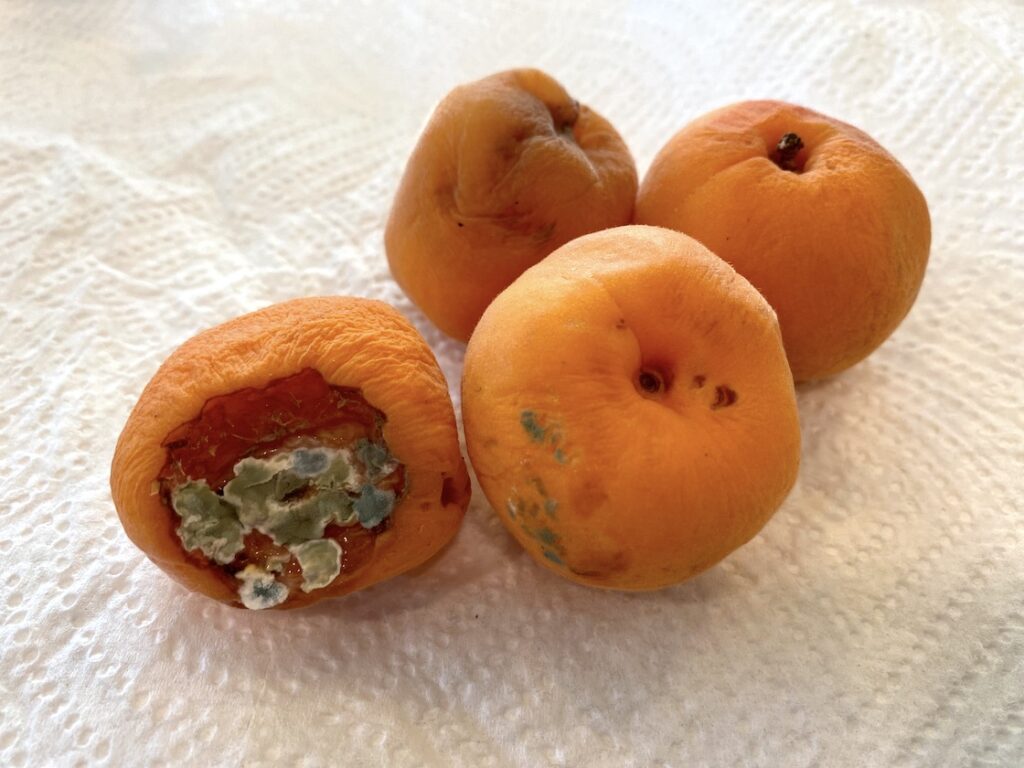Some compounds produced by molds have strong smells and are volatile and quickly released into the air. These compounds are known as microbial volatile organic compounds (mVOCs). Because mVOCs often have strong or unpleasant odors, they can be the source of the “moldy odor” or musty smell frequently associated with mold growth. A moldy odor suggests that mold is growing in the building and should be investigated.
The health effects of inhaling mVOCs are largely unknown, although exposure to mVOCs has been linked to symptoms such as headaches, nasal irritation, dizziness, fatigue, and nausea. More research is needed to determine whether there are any human health effects from non-occupational indoor exposures to mVOCs.
The Key to Mold Control is Moisture Control.
It is important to dry water damaged areas and items within 24-48 hours to prevent mold growth. If mold is a problem in your home, clean up the mold and get rid of the excess water or moisture. Fix leaky plumbing or other sources of water. Wash mold off hard surfaces with detergent and water, and dry completely. Absorbent materials (such as ceiling tiles & carpet) that become moldy may have to be replaced.
Visit the Mold Website for more information.
Produced and published by the United States Environmental Protection Agency (EPA). Last Updated: October 26, 2022. Hyperlinks within the text and text appearing in brackets may have been added for clarity or ease of use by Moldli editors.


